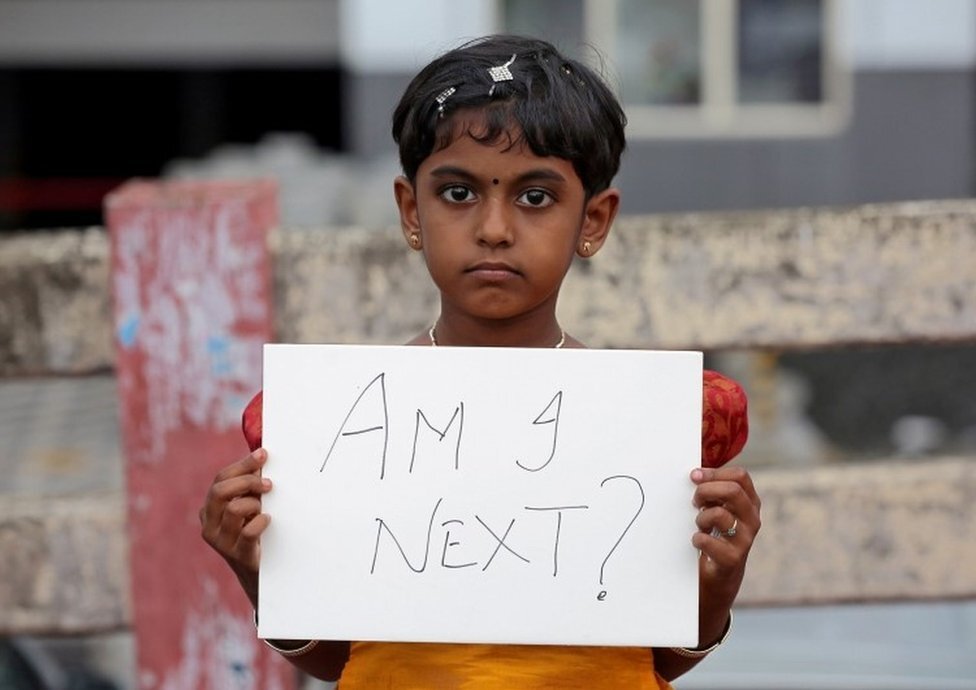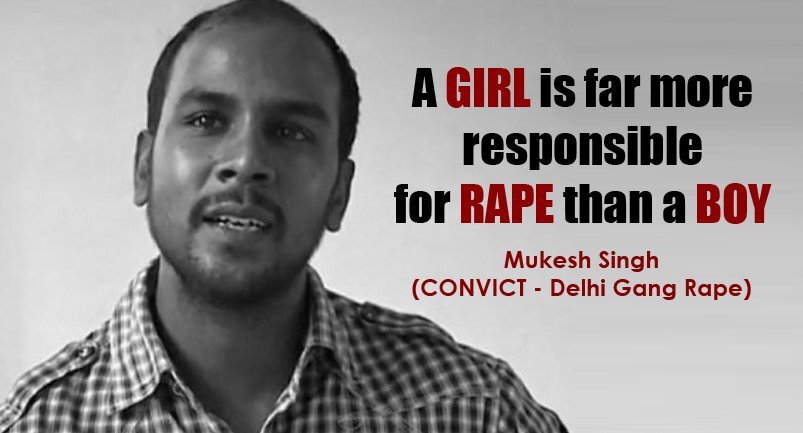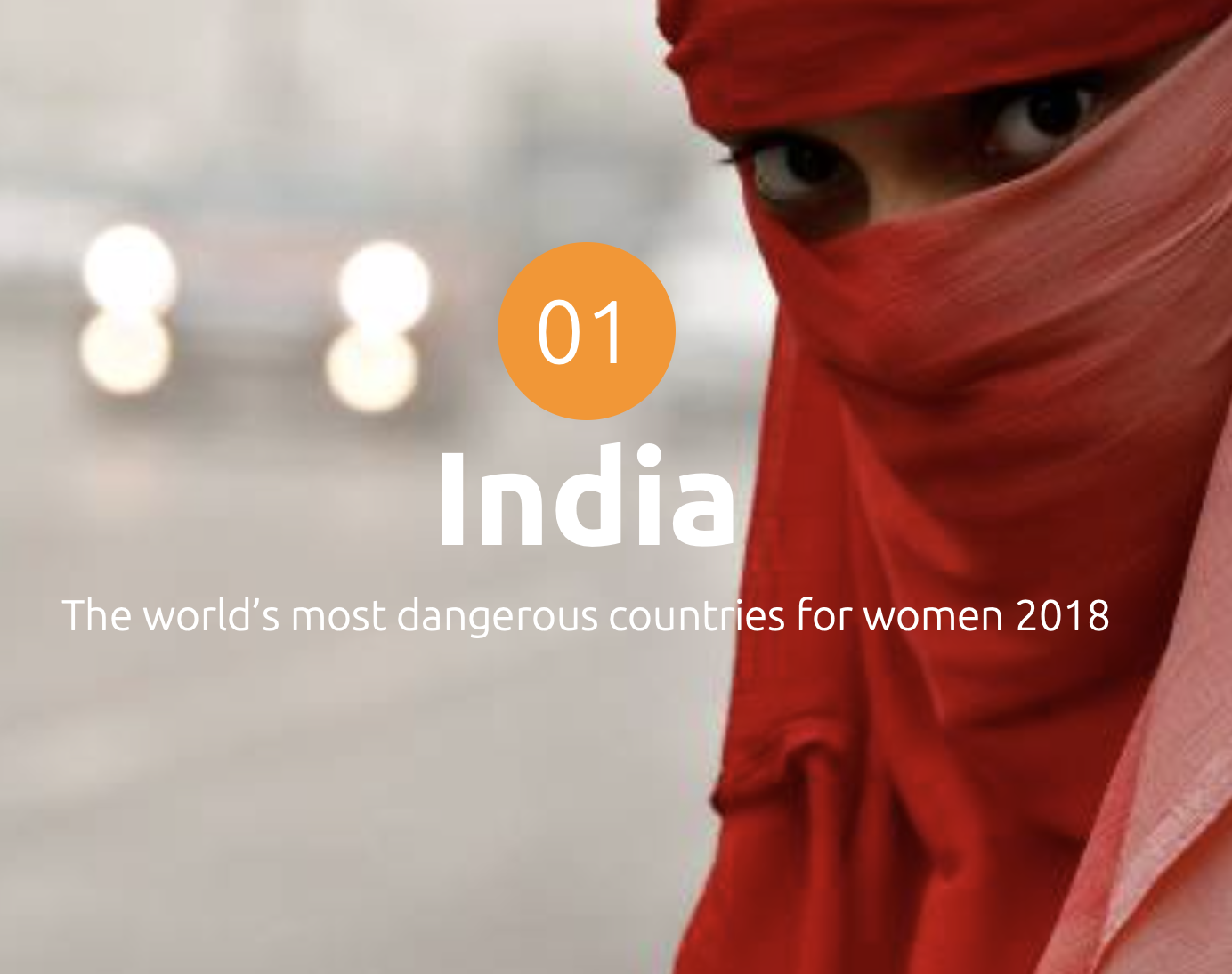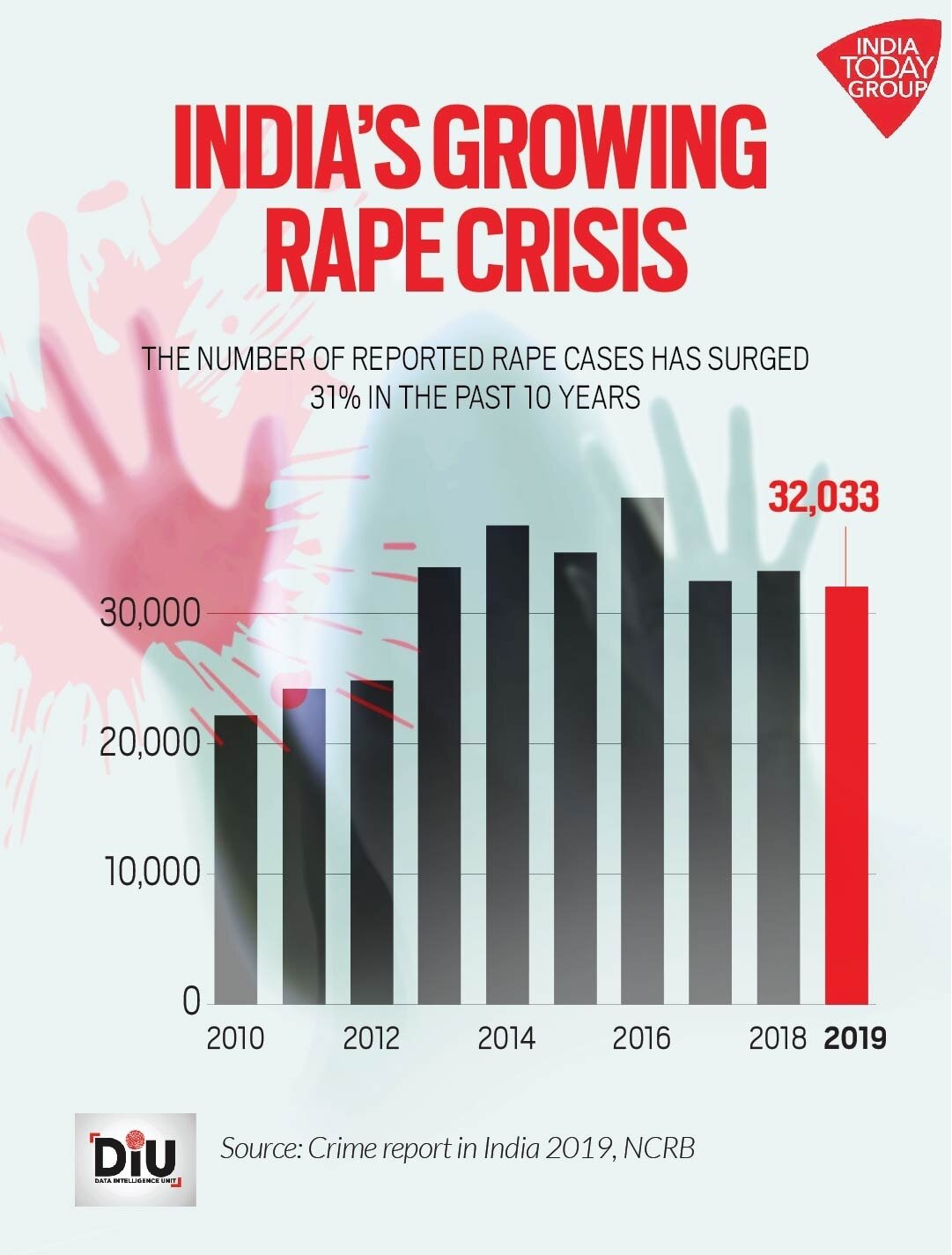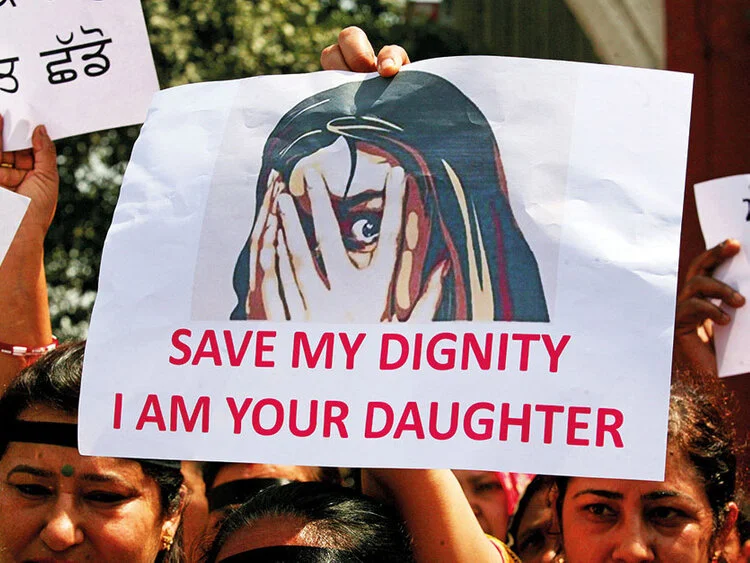MERYLISOLA.com
photographing humanity - मानवता का चित्र बनाना
Eighty-eight women are raped every day in India.
That is equivalent to one rape every 15 minutes, according to government data on crime. It is clear as we approach the 8thanniversary of the brutal gang-rape and murder of Jyoti Singh, not much has changed for Indian women in their fight for gender equality and respect. On December 16thof 2012, Jyoti, a 23-year-old medical student and her male friend were attacked and mutilated on a moving bus in Delhi. She survived 13 tortuous days before passing away. The reasoning for her rape? As one of her rapists, Mukesh Singh, explains in the documentary India’s Daughter, “A decent girl won’t roam around at nine o’clock at night. A girl is far more responsible for rape than a boy”. He later explains, “You either have the money for sex or the courage to rape”.
This case sparked a massive uprising all over India and marked an end to the country’s silence on the prevalent issue of sexual violence against women in India. The protests influenced some changes to rape laws, such as harsher punishments for rapists and quicker trials. However, rape and violence against women have not decreased, and in fact have gotten more frequent.
According to a 2018 survey by the Thomson Reuters Foundation, India was identified as “the most dangerous country in the world for women due to the high risk of sexual violence and of being forced into slave labor”. The countries following India were Afghanistan, Syria, Somalia, and Saudi Arabia. In the same survey seven years prior, India was found to be the fourth most dangerous country. Thus, violence against women is on the rise. The survey also included that India is “the most dangerous country in the world for cultural traditions that impact women…citing acid attacks, female genital mutilation, child marriage and physical abuse”. The vast majority of India is Hindu. Historically, men in power have used Hinduism’s values to justify India’s patriarchal society and oppression of women.
Prime Minister Narendra Modi promised to combat rape and violence against women by creating the Beti Bachao, Beti Padhao program which translates to “educate the girl child, save the girl child”. Despite reports of success within the program, data from the National Crime Records Bureau showed that “the crime rate per 100,000 women increased to 58.8% in 2018 in comparison with 57.9% in 2017”. Modi pledged a “zero tolerance” policy, however violence against women is still rampant throughout India. Modi belongs to the Bharatiya Janata Party (BJP) which has traditional Hindu-nationalist views and is considered extremely conservative.
There was a rise in reported rape cases from 2015 to 2016 following Modi’s first election in 2014. India’s National Crime Record Bureau “recorded a 12% rise in the number of rape related cases -- up from 34,651 cases in 2015 to 38,947 in 2016”. According to court records, out of those cases, 15,450 women and girls were still waiting to receive a trial date in 2016. Records showed that the court only settled 1,395 cases that year… less than 10%. Additionally, a horrifying factor is that many sexual assault cases are not even reported in India due to the fear and stigma associated with rape and violence against women. In the southern state of Kerala, I worked in a safe house with a 16-year old girl who was raped and impregnated by a married neighbor. She was completely ashamed of herself, which is common for sexual assault survivors to experience because of the disgraceful view Indian society has towards victims of sexual violence. Imagine how many more rapes actually occur that go unheard and uncounted due to a lack of reporting?
Some could argue that the rise in cases is due to a decrease in rape stigma or an increase in comfort reporting rape to authorities. While this could be possible, the statistics point to an overall increase in rape cases and horrific crimes against women and children. When I was working in India in 2018, I read newspaper articles about men who sexually assaulted babies and who forced young children into oral sex. In one instance, a son repeatedly drugged and raped his elderly mother when he gave her afternoon glass of warm milk to her.Whether you believe rape is increasing or decreasing in India, the facts show that rape is occurring and occurring often. Sick sexual acts are being performed on both male and female children. It is undeniable that incidents like this need to come to an end. Now.
Clearly there is an endemic rape problem in India, and obviously this needs to stop. The country is run by older men and always has been. Traditionally, the Indian government has not been concerned with women’s rights and the female experience. Women’s safety in public and at home needs to be made a top priority. Without a heavy emphasis on creating a solution to India’s rape problem, the quality of life for women and girls will not change. Society as a whole must also adopt a universal attitude of respect towards women at the ground level and teach it at home, school, and work. It is crucial to grow into a new India that values safety, empowerment, and opportunity for all human beings that live in it.
